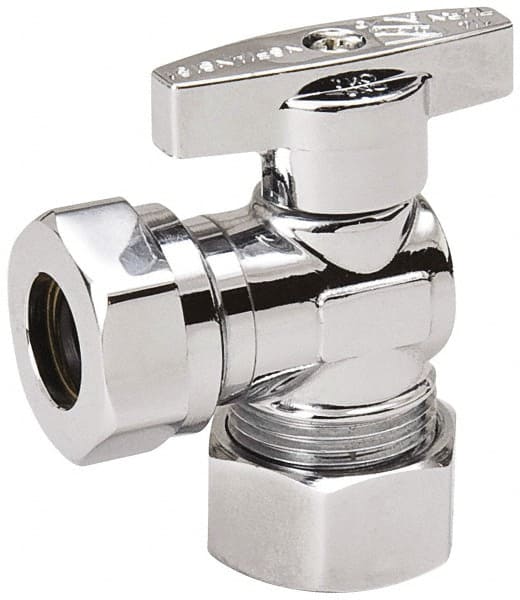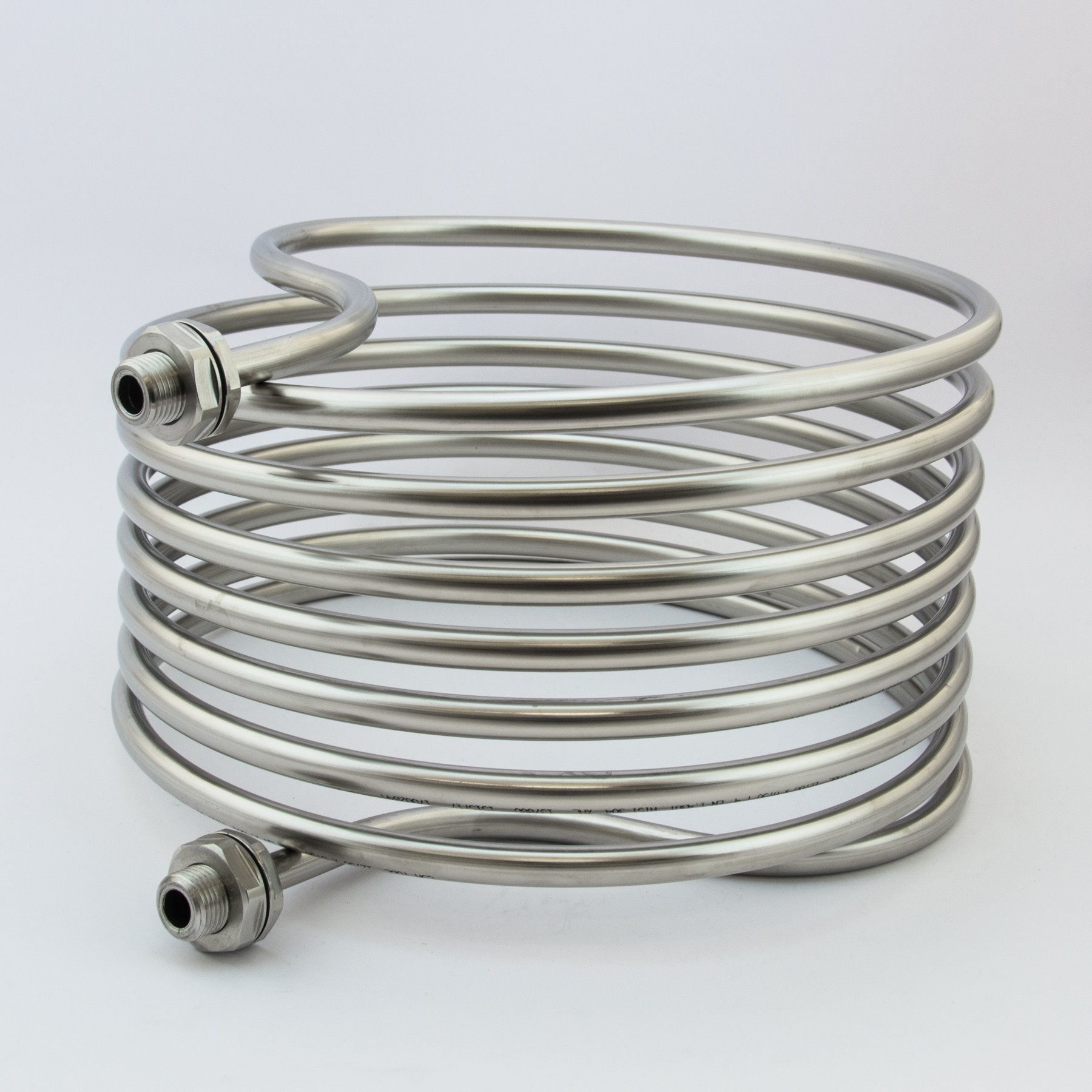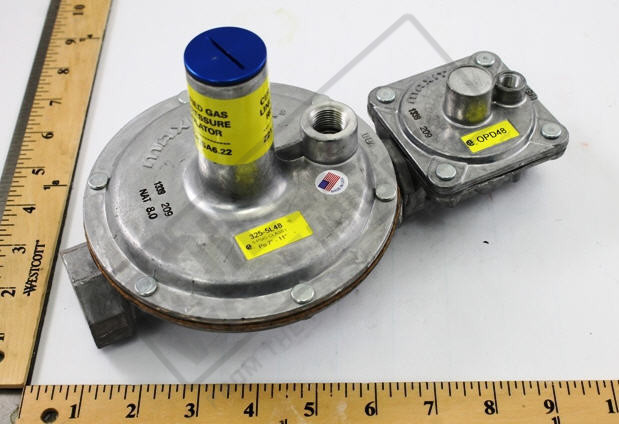

Leakage from microasperity-lubricated seals on the average follows the predictions of Poiseuille flow, with the exception that a significant effect of rotor rotation is observed. Variations in the film thickness with these parameters is predicted by the theory developed on the basis that an effective small tilt exists on the tops of the asperities. for linear velocity of at least 50 in./sec, lubricant viscosity as low as 1 cp, and loads of the order of 100 pounds or higher. Both positive (protrusions) and negative (valleys) asperities produce similar load support, developing stable hydrodynamic lubricant films of the order of 10−5 in. Observations of load support from various shapes of microasperities placed on the surface of a rotary-shaft face seal indicate that all are comparable in this respect and generally follow the theory developed previously for cylindrical asperities. The cavitation size of the circular dimple remained constant at the rotational speeds used in the tests, whereas those of the rectangular dimples linearly increased. Cavitation emerged at the leading edge of each dimple as the rotational speed increased, and the growth of its area was dependent on the shape of dimples. At lower rotational speed, cavitation did not appear and also the load carrying capacity did not generate. The frictional torque for all dimpled specimens was lower than that of the dimple-free specimen especially at higher rotational speed. The circular dimple produced the highest load carrying capacity in all experimental conditions tested. The lubricating surface was observed to make clear the effect of the cavitation area on the load carrying capacity and the frictional torque. The load carrying capacity and the frictional torque were measured at a constant film thickness. Circular and rectangular dimples were created on lubricating surfaces and the hydrodynamic effects were evaluated. This study involves experimental investigations of the hydrodynamic lubrication performance of dimpled parallel thrust bearings. This study provided a method for scholars to explore the friction and lubrication mechanism of different texture types and provided an experimental basis for improving the performance of CLPR friction pairs. The inlet suction effect, structural effect, micro-wedge action, balancing wedge action, squeezing effect, and cavitation effect should be taken into account together when exploring the mechanism of the influence of surface texture on friction pairs. The existence of surface texture reduced CL wear, yielded CL surface morphology not excessively changed by temperature, and improved its supporting performance and oil storage capacity. With increased temperature, the wear degree of CL liners became larger. The results showed that, under the same temperature, CLT and PRT increased oil film thickness, improved the lubrication state, and reduced friction, with CLT better than PRT in these respects. Finally, the friction and lubrication mechanisms of NT, CLT, and PRT were studied by analyses of real-time friction and contact resistance in one cycle. Then, the wear characteristics were analyzed by examining surface morphology parameters of the CL and the PR wear mass after testing.

First, the characteristics of friction and lubrication at different temperatures were analyzed by examining friction and contact resistance.

Friction and wear tests of nontextured (NT), CL textured (CLT), and PR textured (PRT) conditions were performed on a CLTR friction and wear tester under different temperatures. An inclined groove texture was machined on the CL of a S195 diesel engine and dimples designed on the gas ring. The effects of surface-texture technology on the friction and lubrication mechanism of cylinder liner-piston rings (CLPR) were explored in this study. A textured slipper with an area density and a dimple depth to diameter ratio of 24% and 0.3, respectively, can generate a high load-carrying capacity under an elastohydrodynamic lubrication condition.

The load-carrying capacity enhancement of a textured-surface slipper bearing is obvious at the optimum tilting angle, but the maximal load-carrying capacity becomes lower at a higher tilting angle. The results indicate that the optimum film thickness with the maximum stiffness coefficient can be obtained by adjusting the rotational speed, but the load-carrying capacity is slightly lower than that of a rigid surface considering the textured-surface deformation. The comprehensive effects of tilting angle, area density, dimple depth to diameter ratio, and operating conditions are investigated. An elastohydrodynamic model was established to analyse the load-carrying capacity at different rotational speeds and load pressures. To introduce the elastohydrodynamic lubrication effect caused by the pressure distribution under a surface-textured slipper, the slipper's load-carrying capacity is studied.


 0 kommentar(er)
0 kommentar(er)
